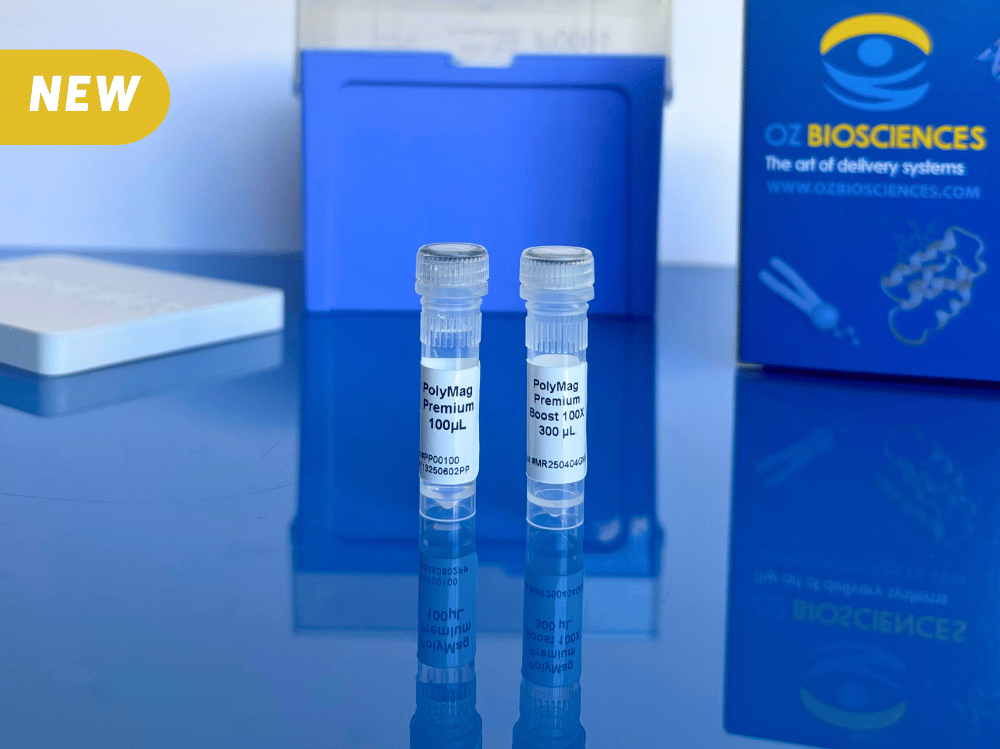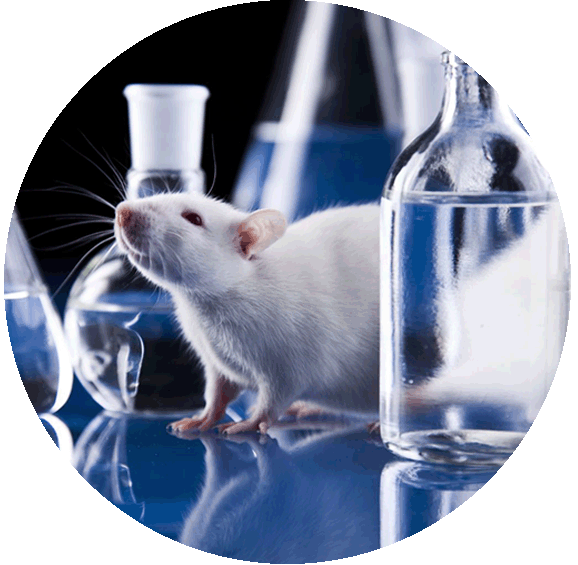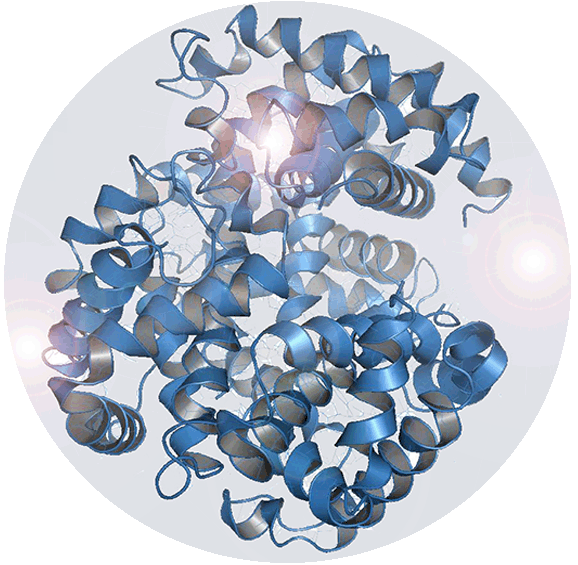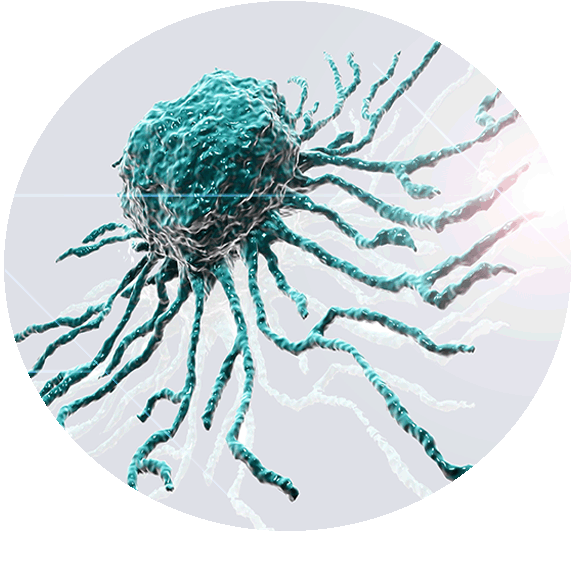FAQ & Transfection Tips > Viral Applications
In vivo Transfection Reagents
Product Selection & Applications
Our In Vivo Magnetofection product line includes specialized reagents for different delivery needs:
- In Vivo PolyMag: dedicated to in vivo delivery of various types of nucleic acids (plasmid DNA, mRNA, siRNA, oligonucleotides, shRNA etc…). Polymer-based formulation.
- In Vivo DogtorMag: dedicated to in vivo delivery of various types of nucleic acids (plasmid DNA, mRNA, siRNA, oligonucleotides, shRNA etc…). Lipid-based formulation.
- In Vivo SilenceMag: dedicated to in vivo siRNA delivery and gene silencing applications.
- In Vivo ViroMag: dedicated to in vivo viral transduction with lentiviral, adenoviral, AAV, and retroviral vectors.
- BrainFectIN: dedicated to transfection in brain tissue and CNS applications in vivo.
In vivo PolyMag is a polymer-based magnetic nanoparticles, In vivo DogtorMag is a lipid-based magnetic nanoparticles. They are both made for nucleic acid transfection and the choice will depend on customer preference (polymer or lipid) as well as on existing data. There are many results with both; you can get them on our website. In some models in vivo PolyMag has been successful and in other in vivo DogtorMag.
In vivo PolyMag is an all-in-one formulation, meaning that it is ready to be mixed with nucleic acids and injected. In contrast, in vivo DogtorMag contains the lipid-based reagent that must be combined to the magnetic nanoparticles (in vivo CombiMag).
Depending on the biomolecule you may want to deliver, there are two specific in vivo applications that we may recommend:
For viral vectors delivery:
- In Vivo ViroMag - Specifically designed for in vivo viral transduction.
For non-viral delivery (plasmid DNA, siRNA, mRNA, oligonucleotides):
- In Vivo DogtorMag - Cationic lipid-based formulation optimized for in vivo applications.
- NeuroMag - While developed for in vitro neuronal transfection, has demonstrated success in some in vivo neuronal applications including retinal and brain tissue.
Polymer-based reagents are generally less effective for neuronal transfection. Lipid-based formulations are the preferred choice for neural cell types.
Brain & CNS Delivery
When delivered via intracerebroventricular (ICV) injection, magnetic nanoparticles are injected directly into the brain extracellular fluid, so you don’t need to cross the blood brain barrier. The magnetic particles will be in direct contact with brain structures.
Yes, external magnetic field application significantly improves delivery efficiency to deep brain structures. The magnet concentrates particles at the target site, dramatically enhancing transfection or transduction efficiency compared to injection alone. (please see publications and in vivo magnetofection results). You can localize the structure targeted during injection using a dye (i.e Fast green) or after experiments using reporter gene like GFP.
The half-life of magnetic nanoparticles in rat cerebrospinal fluid is approximately 6 hours.
Magnet Application & Positioning
In vivo magnetofection uses specialized magnets in various sizes to accommodate different applications and animal models:
- 1 extra small cylinder (ø 2 mm), 1 small cylinder (ø 5 mm), 1 cylinder (ø 10 mm) or 1 square (18x18 mm) magnet.
Each of our in vivo transfection reagent kits contains a complete magnet set (with 4 sizes of magnet), but you can also order an additional individual magnet set here. Only square magnets (packaged by 4) or only disc magnets (packaged by 4 of each) are also available.
For small animal models and precise brain or retinal targeting, the extra small (2mm) or small (5mm) cylinder magnets are recommended.
Magnet should be placed the nearest as possible to the target tissue for optimal results. You can place the magnet directly in contact with the tissue to transfect (at the tissue surface), but the option we would recommend is to keep a small distance between magnet and tissue (1 or 2 mm). This approach provides effective magnetic attraction while minimizing mechanical stress on delicate structures such as retina, brain tissue, or vascular beds.
All the magnets provided in the kit share the same magnetic field, only the global magnetic strength differs as the size varies.
For small animal models and for precise targeting we would recommend you the two smallest magnets.
Without external magnetic field application, gene expression is observed widespread around the injection site, with particles distributing randomly in the vicinity. Magnet application dramatically improves targeting specificity and efficiency by concentrating particles at the desired anatomical location.
Particle Visualization & Tracking
For localization procedures, we recommend using our FluoMag reagents.These reagents are composed of fluorescent (TRITC-labeled) nanoparticles corresponding to our in vivo products:
- FluoMag-V (#FV10100): corresponds to In vivo ViroMag.
- FluoMag-P (#FP10100): corresponds to In vivo PolyMag.
- FluoMag-C (#FC10100): corresponds to In vivo DogtorMag.
These reagents allow real-time tracking of nanoparticle distribution without confounding effects from gene expression.
Tips & Troubleshooting
Yes, magnetic nanoparticles can be injected without complexed nucleic acids or viral vectors as negative controls. This allows you to assess any biological effects from the particles themselves, independent of gene delivery. The amount of non-complexed magnetic particles remaining after proper complex formation is negligible and will not interfere with gene expression analysis.
Perfusion with fixatives like paraformaldehyde (PFA) does not interfere with magnetic nanoparticle retention. To optimize nanoparticle preservation:
- Use standard fixatives (PFA, formalin).
- Avoid picric acid-containing solutions (e.g., Bouin fixative).
- Minimize or avoid detergents like Triton X-100 that may wash away nanoparticles.
In Vivo Magnetofection ResultsIn vivo Delivery Products











